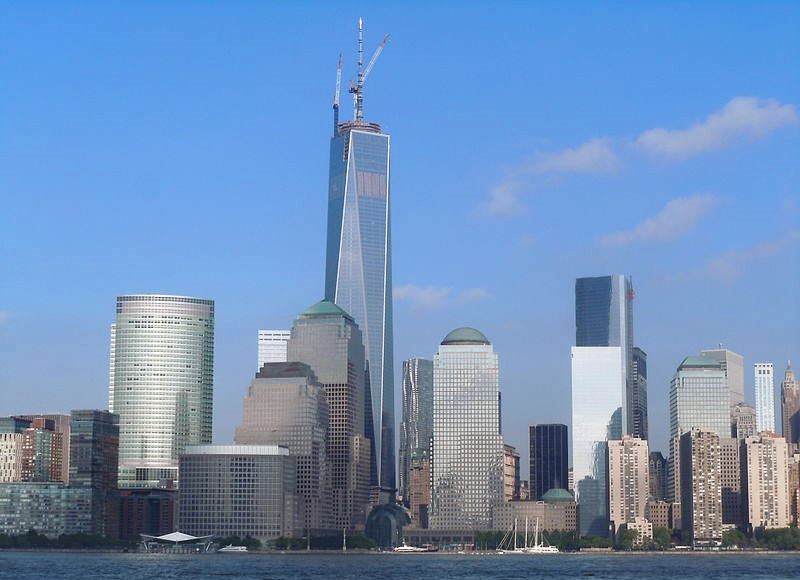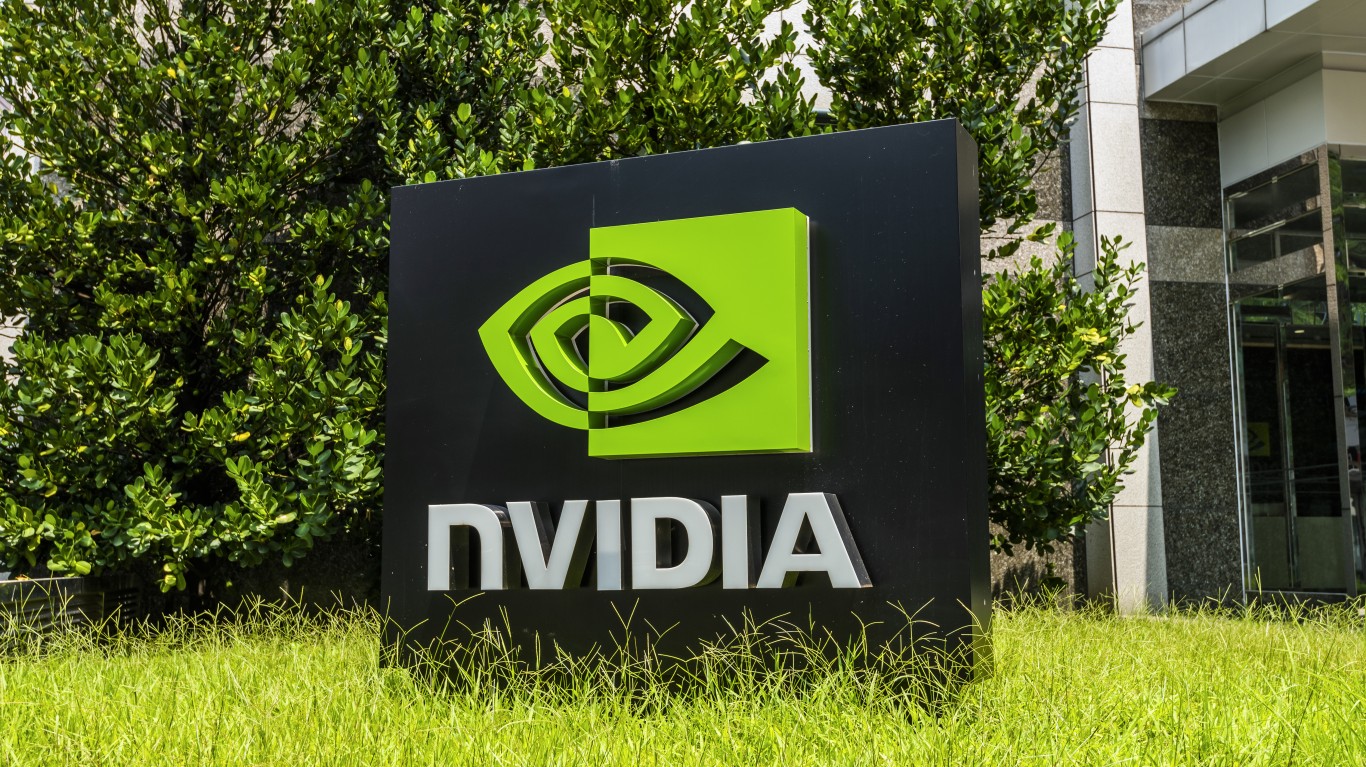If you have been reading 24/7 Wall St., you have been warned about the possibility that the Federal Reserve could actually begin hiking interest rates and tightening up on aspects of quantitative easing sooner than expected. We heard this last week in our weekend analysis, and we again heard this from Philly Fed President Plosser on Tuesday. Now we have William Dudley, who is president and CEO of the New York Federal Reserve, hinting at the possibility of this as well.
Dudley’s speech was in front of the New York Association for Business Economics in New York City. He addressed the economic outlook and the implications of that outlook for monetary policy. He is calling for growth and higher inflation, and he hinted at interest rate policy.
Dudley said:
My views on the economy have not changed much since last fall. Although economic growth stalled in the first quarter, some slowing was expected and unseasonably harsh winter weather appears to have done the rest. The fundamental supports for a strengthening economy remain in place, and recent data seem to confirm that forecast. On the price front, I expect inflation to drift higher over the remainder of the year as the effects of some temporary factors that have been holding inflation down dissipate and the labor market continues to tighten.
Here is where the rate issue comes into play. Dudley said:
If my forecast is correct, as growth strengthens and inflation drifts higher, the focus will turn to monetary policy. In particular, what will be the timing of lift-off? And when lift-off occurs, how quickly will the Federal Open Market Committee (FOMC) raise rates and to what level?
SEE ALSO: Will Fed Rate Hikes Come Sooner Than Expected?
And then there is the notion of the QE2 (or QE-whatever we were in) via an endlessly growing Federal Reserve balance sheet. Dudley said:
Also, with an exceptionally large balance sheet there will be considerable attention on the methods that the FOMC will likely use in order to exert control over the level of short-term rates. I can’t tell you yet how we will do it, but I am fully confident that we have the necessary tools to control the level of short-term rates and the credit creation process, and I will share with you some of my own thoughts on the subject. As always, what I have to say here today reflects my own views and not necessarily those of the FOMC or the Federal Reserve System.
Before you go thinking that rates are going to Pluto, or even that the economy will blast off, Dudley admitted that the trajectory of economic growth continues to disappoint — with real GDP growth only averaging 2.2% per year since mid-2009 — despite a very accommodative monetary policy.
Dudley also went on to say that three major factors were to blame for slow growth: the aftermath of the housing bubble’s bursting, the shift of fiscal policy from expansion toward restraint and a series of shocks from abroad, most notably the European crisis. But then Dudley said, “The good news is that all three of these factors have abated.”
On the deleveraging of America’s personal balance sheets, Dudley said:
Debt levels have declined and lower interest rates have cut financing costs. As a result, the financial obligation ratio, which measures the debt servicing cost of households, has declined from a peak of 18.1 percent of disposable income in the fourth quarter of 2007 to 15.4 percent in the fourth quarter of 2013. This is a level not seen since the early 1980s.
SEE ALSO: Ten Countries Racing to Buy American Homes
Other noted quotes were as follows:
For the remainder of this year and next, the degree of fiscal restraint should be very modest.
With the fundamentals of the economy improving and fiscal drag abating, I expect the economy to get back on to a roughly 3 percent growth trajectory over the remainder of this year, with some further strengthening likely in 2015. But, there remains considerable uncertainty about that forecast and, given the persistent over-optimism about the growth outlook by Federal Reserve officials and others in recent years, we shouldn’t count our chickens before they hatch.
New York Fed President William Dudley is doing some of the same that we have started hearing lately, a couple weeks after Fed Chair Janet Yellen talked about rates being kept extremely low for a considerable period. Keep rates exceptionally low does not imply that the Federal Reserve’s FOMC will not move to hike interest rates nor that they will not accelerate the tapering of bond buying.
When it comes to Fed governor and Fed presidents speeches over the year, the writing is often on the wall ahead of action. The Fed does not want to go out and spook the markets with a sudden rate hike. It also likely is not ready to begin hiking rates yet. All that considered, the Fed seems to be bracing the markets for a path to rate hikes and/or tightening up on other measures under easing and quantitative easing after the tapering goes away. And that could signal rate hikes well before the mid-2015 period that the CME’s Fed Fund Futures signaled just two days ago.
SEE ALSO: States With the Highest (and Lowest) Taxes
The Average American Has No Idea How Much Money You Can Make Today (Sponsor)
The last few years made people forget how much banks and CD’s can pay. Meanwhile, interest rates have spiked and many can afford to pay you much more, but most are keeping yields low and hoping you won’t notice.
But there is good news. To win qualified customers, some accounts are paying almost 10x the national average! That’s an incredible way to keep your money safe and earn more at the same time. Our top pick for high yield savings accounts includes other benefits as well. You can earn up to 3.80% with a Checking & Savings Account today Sign up and get up to $300 with direct deposit. No account fees. FDIC Insured.
Click here to see how much more you could be earning on your savings today. It takes just a few minutes to open an account to make your money work for you.
Our top pick for high yield savings accounts includes other benefits as well. You can earn up to 4.00% with a Checking & Savings Account from Sofi. Sign up and get up to $300 with direct deposit. No account fees. FDIC Insured.
Thank you for reading! Have some feedback for us?
Contact the 24/7 Wall St. editorial team.





